How does the structure of a plant or tree determine the type of soil it lives in? Or better yet, how does soil determine the adaptation a plant evolves over time? Fifth graders are looking for patterns in data to determine just this!
Last week, they looked at different types of Midwestern soils, and acknowledged that they each absorbed different amounts of water at different rates. Knowing this, this got students thinking about an important structure of all plants--their roots.
Using scaled representations, students used mathematics to determine a scaled version of prairie plants and woodland trees. What do you see?
Last week, they looked at different types of Midwestern soils, and acknowledged that they each absorbed different amounts of water at different rates. Knowing this, this got students thinking about an important structure of all plants--their roots.
Using scaled representations, students used mathematics to determine a scaled version of prairie plants and woodland trees. What do you see?
From their observations, students uncovered that prairie plants have roots that are incredibly long compared to the height of their plant exposed above the soil's surface. This must mean that they live in drier soil and must reach deep within the soil to find the water they need. Woodland trees, however, don't have to travel so deep. The soil they live in is moistened as water falls off the crown of a tree, and the roots reach out as wide as the crown to gather the necessary water they need for survival. Interesting study!
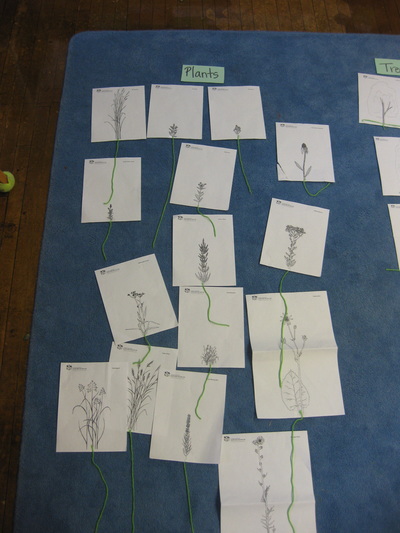
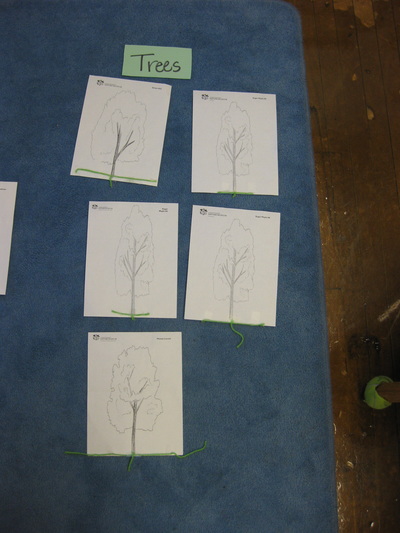
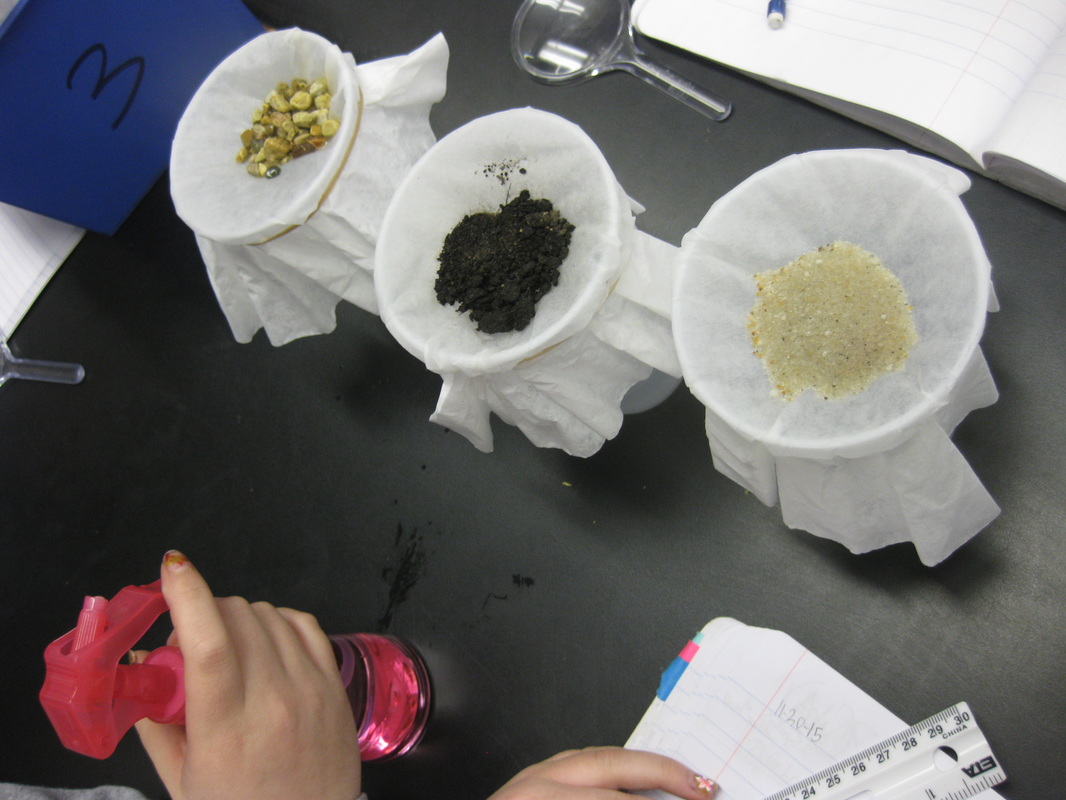
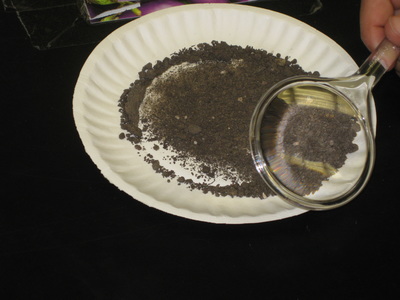
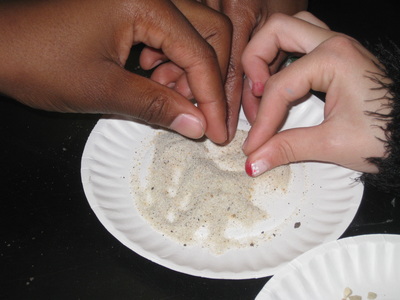
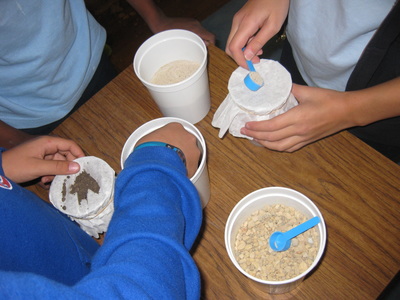
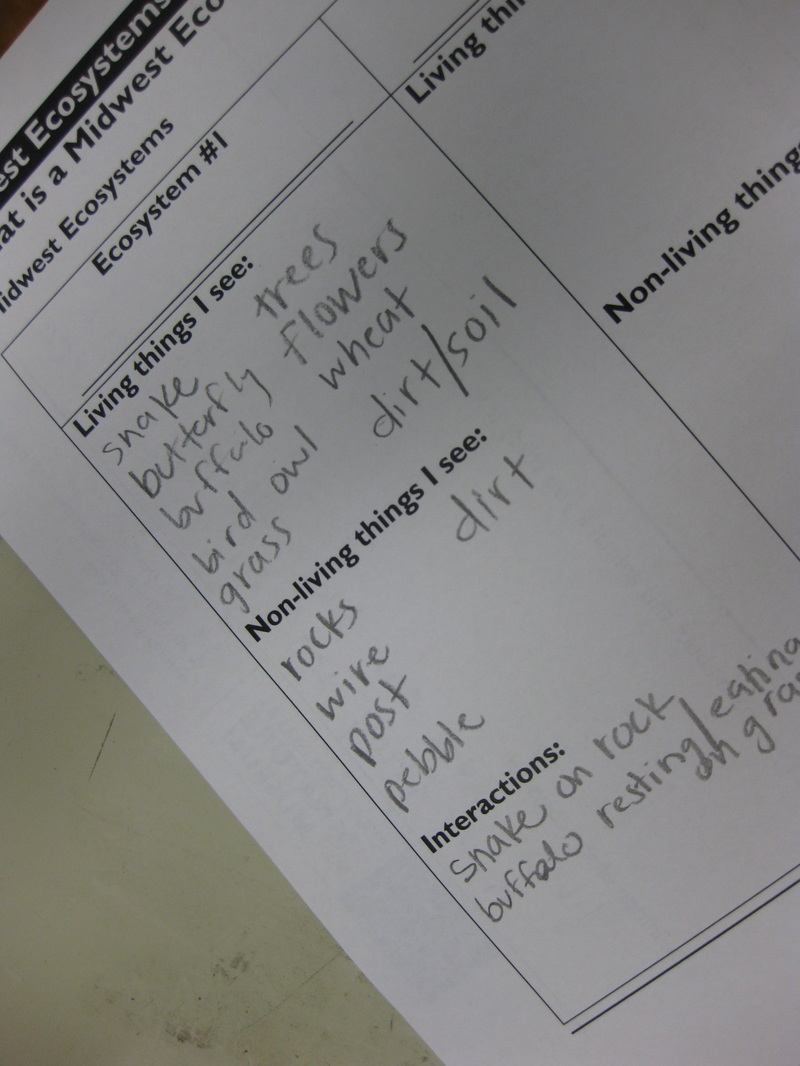
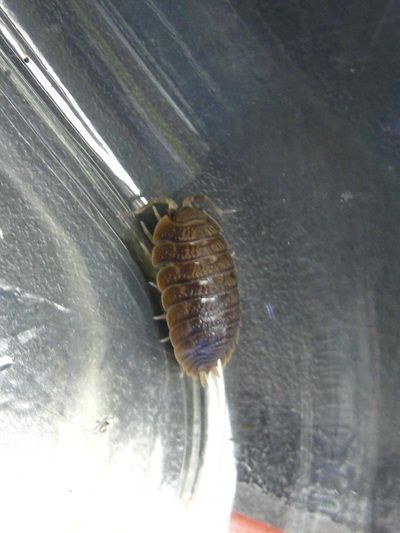
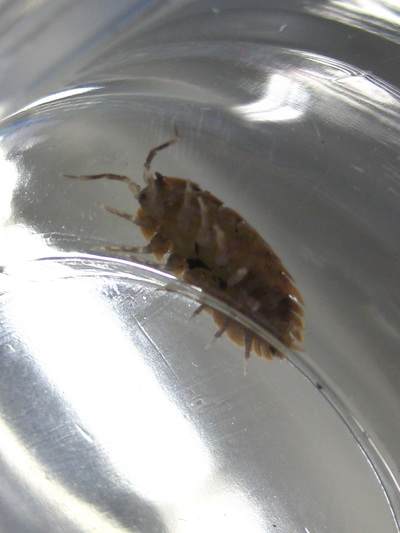
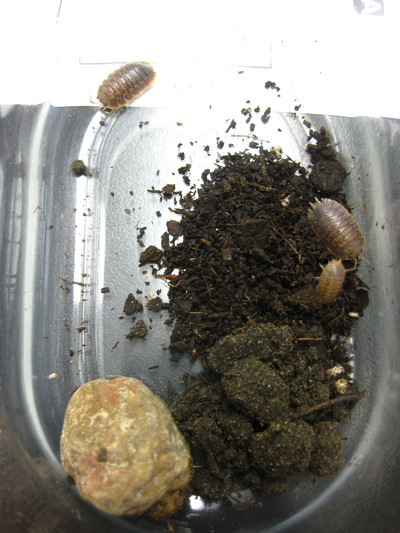
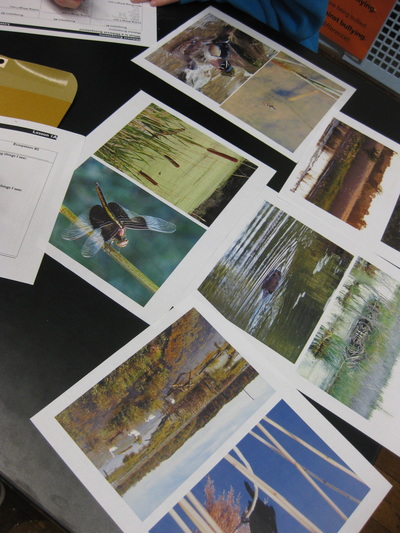
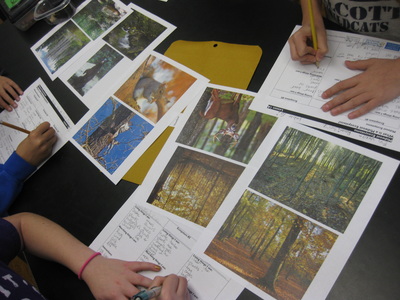
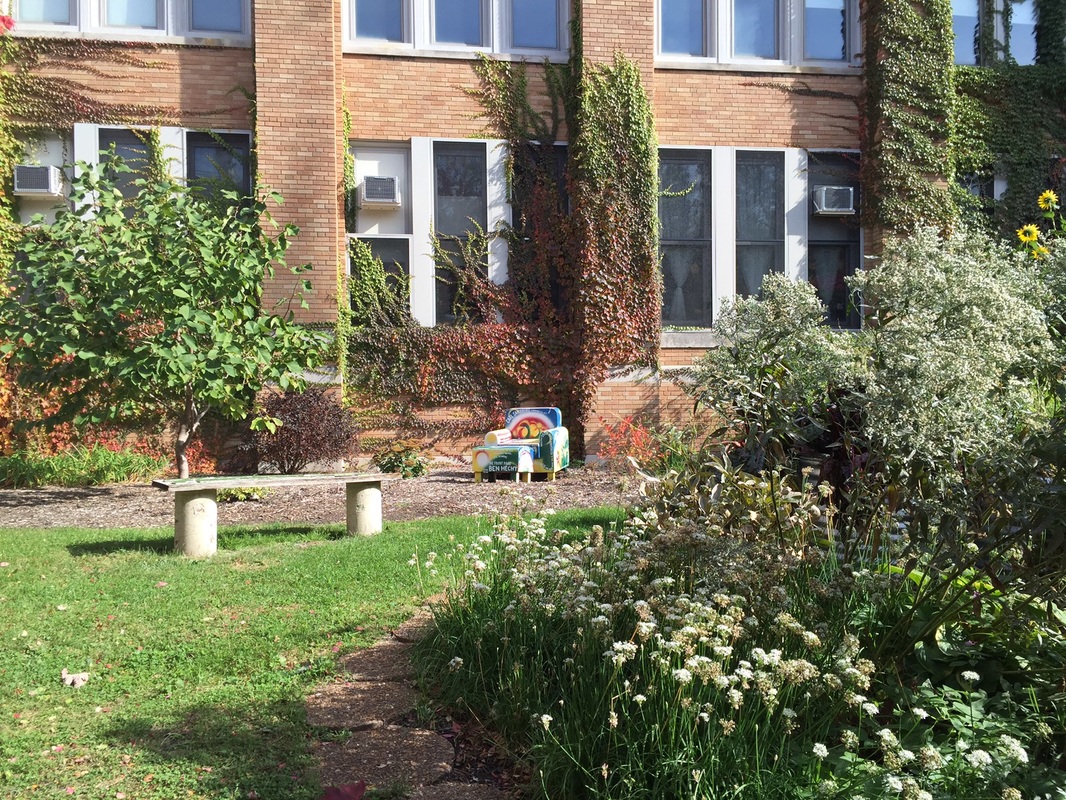
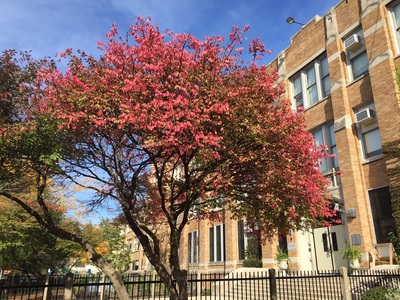
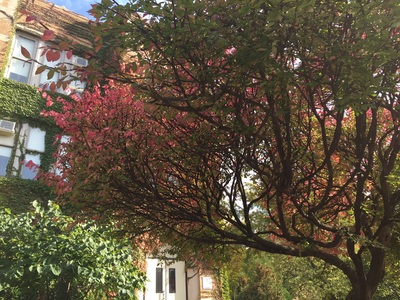
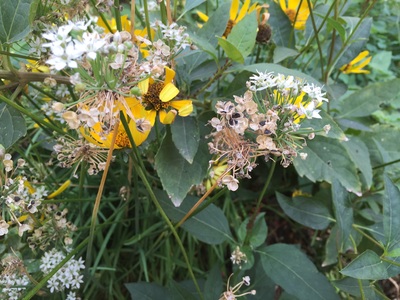
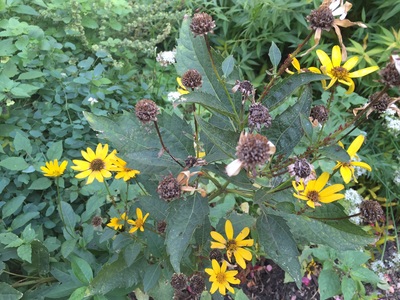
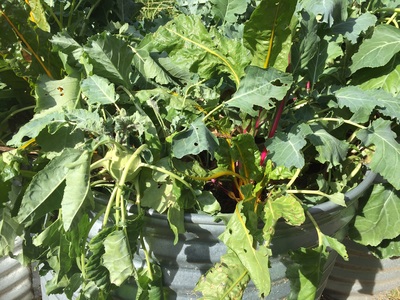
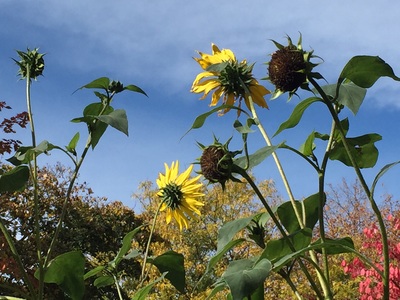
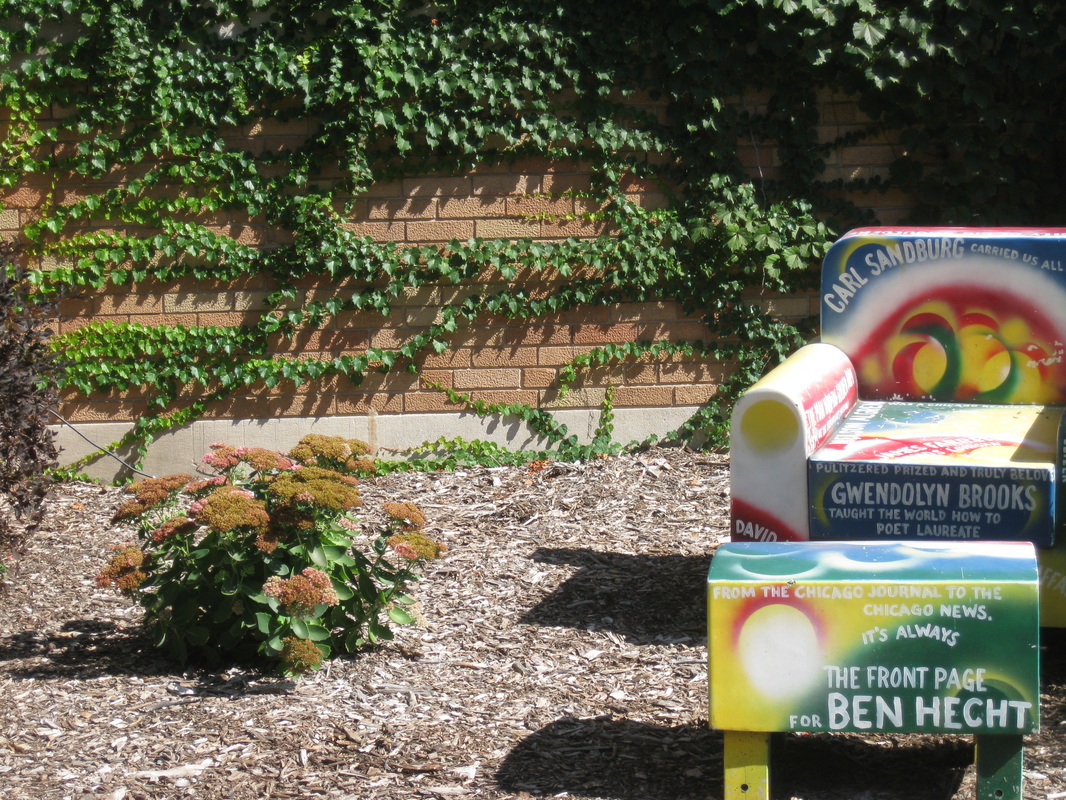
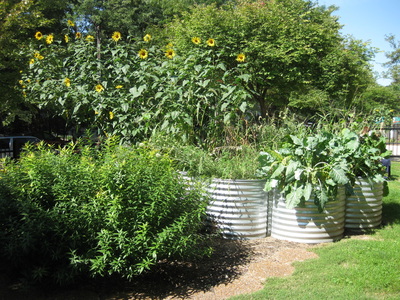
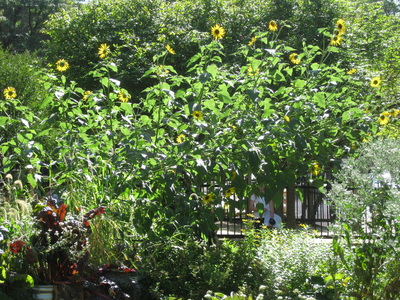
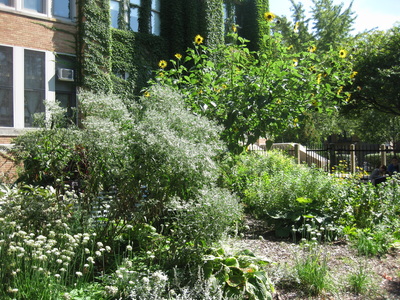
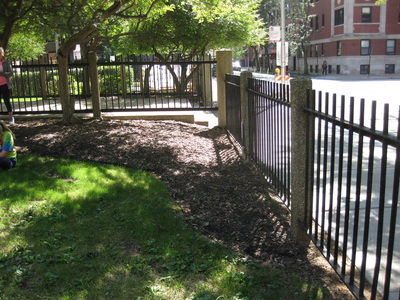

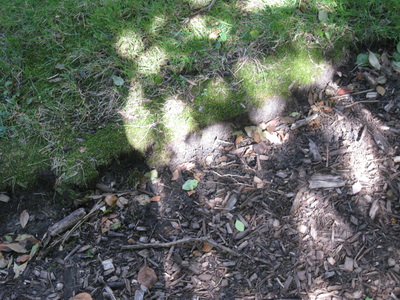
 RSS Feed
RSS Feed